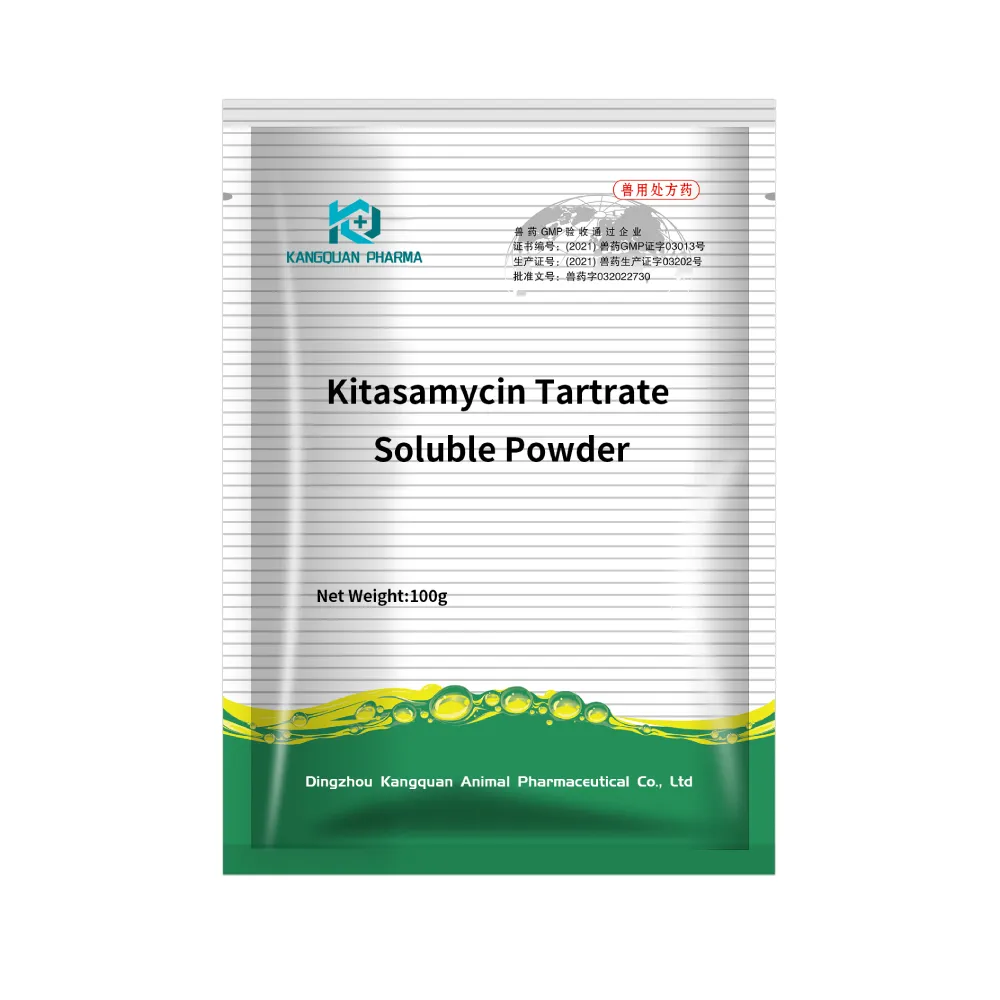- Afrikaans
- Albanian
- Amharic
- Arabic
- Armenian
- Azerbaijani
- Basque
- Belarusian
- Bengali
- Bosnian
- Bulgarian
- Catalan
- Cebuano
- Corsican
- Croatian
- Czech
- Danish
- Dutch
- English
- Esperanto
- Estonian
- Finnish
- French
- Frisian
- Galician
- Georgian
- German
- Greek
- Gujarati
- Haitian Creole
- hausa
- hawaiian
- Hebrew
- Hindi
- Miao
- Hungarian
- Icelandic
- igbo
- Indonesian
- irish
- Italian
- Japanese
- Javanese
- Kannada
- kazakh
- Khmer
- Rwandese
- Korean
- Kurdish
- Kyrgyz
- Lao
- Latin
- Latvian
- Lithuanian
- Luxembourgish
- Macedonian
- Malgashi
- Malay
- Malayalam
- Maltese
- Maori
- Marathi
- Mongolian
- Myanmar
- Nepali
- Norwegian
- Norwegian
- Occitan
- Pashto
- Persian
- Polish
- Portuguese
- Punjabi
- Romanian
- Russian
- Samoan
- Scottish Gaelic
- Serbian
- Sesotho
- Shona
- Sindhi
- Sinhala
- Slovak
- Slovenian
- Somali
- Spanish
- Sundanese
- Swahili
- Swedish
- Tagalog
- Tajik
- Tamil
- Tatar
- Telugu
- Thai
- Turkish
- Turkmen
- Ukrainian
- Urdu
- Uighur
- Uzbek
- Vietnamese
- Welsh
- Bantu
- Yiddish
- Yoruba
- Zulu
11월 . 07, 2024 04:25 Back to list
enrofloxacin injection for animals
Enrofloxacin Injection for Animals Uses, Benefits, and Considerations
Enrofloxacin, a fluoroquinolone antibiotic, is widely used in veterinary medicine to treat bacterial infections in various animal species. This broad-spectrum antimicrobial agent is particularly effective against Gram-negative and some Gram-positive bacteria, making it a vital tool in the management of infectious diseases in both companion animals and livestock.
Mechanism of Action
Enrofloxacin works by inhibiting bacterial DNA gyrase and topoisomerase IV, enzymes critical for DNA replication and repair. By disrupting these processes, enrofloxacin effectively halts bacterial growth, allowing the animal's immune system to eliminate the infection. This mechanism of action is particularly beneficial in cases where rapid bacterial eradication is crucial.
Indications for Use
Enrofloxacin is commonly prescribed for various infections, including respiratory, urinary tract, and skin infections. In dogs and cats, it is often used to treat conditions such as pyoderma, soft tissue infections, and certain types of pneumonia. In food animals, enrofloxacin may be employed in the treatment of conditions like metritis, mastitis, and other systemic infections where bacterial involvement is suspected.
Administration and Dosage
enrofloxacin injection for animals

Enrofloxacin is typically administered via injection, which allows for rapid absorption and onset of action. The dosage and duration of treatment depend on the type and severity of the infection, as well as the animal's weight and overall health. It is crucial for veterinarians to tailor the treatment regimen to the individual animal to ensure efficacy while minimizing potential side effects.
Benefits of Enrofloxacin
One of the primary advantages of enrofloxacin is its broad-spectrum activity, which provides a viable treatment option for various infections that may not respond to other antibiotics. Additionally, its ability to penetrate tissues and reach high concentrations in critical areas, such as the lungs and urinary tract, enhances its therapeutic effectiveness. Enrofloxacin also has a relatively low potential for inducing resistance compared to some other antibiotics, although careful stewardship is essential to prevent the development of resistant strains.
Safety and Considerations
While enrofloxacin is generally well-tolerated, some animals may experience adverse effects such as gastrointestinal upset, lethargy, and, in rare cases, neurological disorders. It is crucial for veterinarians to monitor treated animals closely and adjust treatment as necessary. Additionally, enrofloxacin is contraindicated in young animals due to concerns regarding joint development, and its use in food-producing animals is regulated to ensure that drug residues do not enter the food supply.
Conclusion
Enrofloxacin injection stands out as a powerful tool in veterinary medicine, providing effective treatment for a range of bacterial infections in animals. Its unique properties, including rapid action and broad-spectrum efficacy, make it invaluable in both companion animal and livestock healthcare. However, responsible use and adherence to veterinary guidance are essential to ensure optimal outcomes while minimizing potential risks. As veterinary practices continue to evolve, enrofloxacin remains a cornerstone in the ongoing effort to combat infectious diseases in animals, ensuring their health and well-being.
-
Guide to Oxytetracycline Injection
NewsMar.27,2025
-
Guide to Colistin Sulphate
NewsMar.27,2025
-
Gentamicin Sulfate: Uses, Price, And Key Information
NewsMar.27,2025
-
Enrofloxacin Injection: Uses, Price, And Supplier Information
NewsMar.27,2025
-
Dexamethasone Sodium Phosphate Injection: Uses, Price, And Key Information
NewsMar.27,2025
-
Albendazole Tablet: Uses, Dosage, Cost, And Key Information
NewsMar.27,2025













